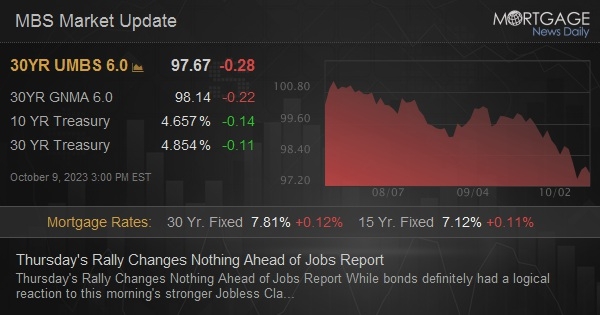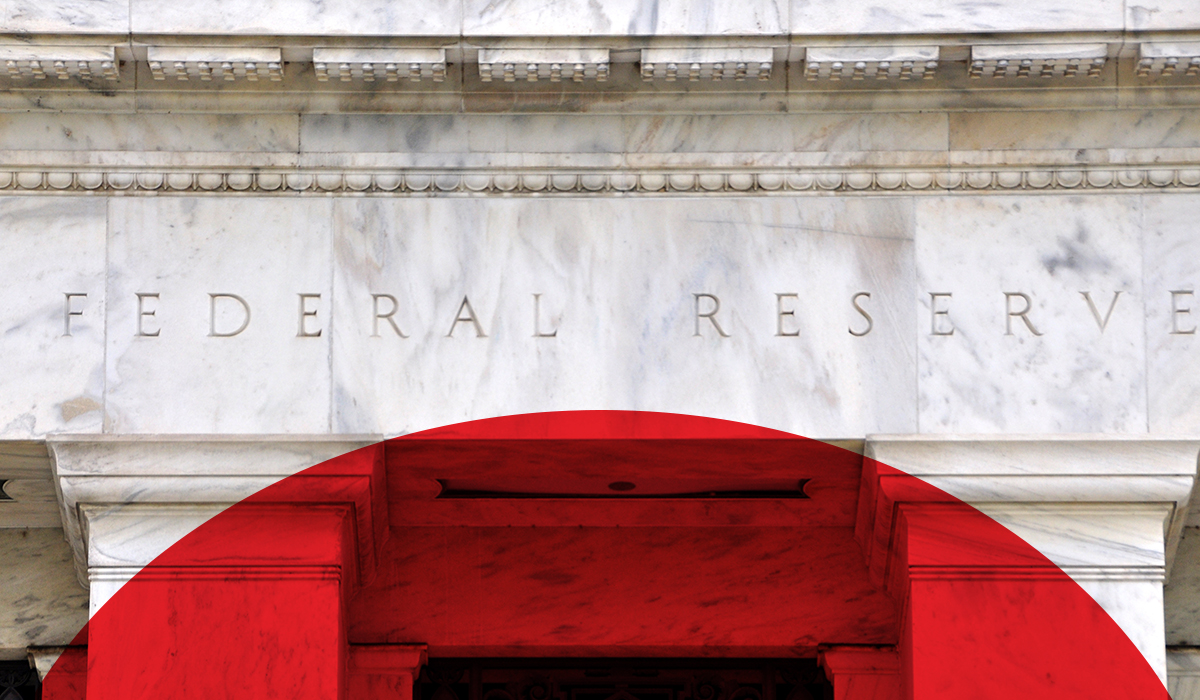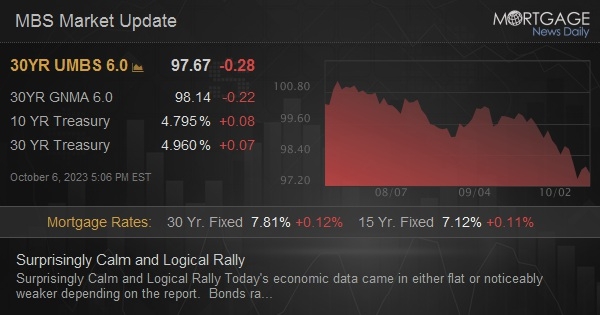
A credit card can serve as a fantastic financial tool and offer a number of perks, from the opportunity to build your credit to the chance to rake in lucrative rewards. However, using a credit card responsibly is key to reaping those benefits. Otherwise, a credit card is more likely to harm your financial well-being than help it.
Using a credit card responsibly involves sticking to basic rules like making on-time payments and avoiding practices such as spending more with your card than you can afford to pay off. By learning some tips for how to use a credit card responsibly, you’ll be well on your way toward making the most out of this financial tool.
How Do Credit Cards Work?
A credit card is a payment card that offers access to a revolving line of credit. You can tap into this credit line for a variety of purposes, including making purchases, completing balance transfers, and taking out a cash advance. Cardholders can borrow up to their credit limit, which is largely determined based on their creditworthiness and represents the maximum amount they can borrow.
It’s necessary to make at least a minimum payment by the due date each month in order to avoid a late fee. However, to avoid paying interest entirely, cardholders must pay off their balance in full each month; interest accrues on any balance that rolls over from month to month.
Many credit card companies charge compounding interest, which means that not only will you owe interest on any outstanding balance, you’ll also end up paying interest on the interest. That’s because this interest is calculated continually, then added to your balance, and it may be compounded daily. You may be shocked to see how much credit card interest you’ll pay if you only make the minimum payment each month.
Understanding Your Statement
A crucial component of knowing how credit cards work is understanding your monthly credit card statement. Your statement contains a number of important pieces of information about your credit card account, including:
• Your account information
• Your account summary, including your payment due date
• All purchases made with the card
• Your total credit card balance
• The minimum payment due
• When the credit card payment is due
• Your available credit
• Interest charges
• Rewards summary
Many of these details are key to know in order to ensure you’re using a credit card wisely. For instance, knowing your payment due date will ensure you make your payment on time, avoiding any late fees and a ding to your credit score.
Checking on your available credit can help you ensure you’re not using too much of your credit, which can drive up your credit utilization rate and subsequently drag down your score.
💡 Quick Tip: A SoFi Credit Card provides access to a line of credit. It’s essentially a short-term loan that you repay each month.
10 Tips For Using a Credit Card Responsibly
To make the most of your credit card, here are several credit card rules to keep in mind — as well as some guidance on what credit card behavior to avoid.
1. Avoid Making Too Many Impulse Purchases
To use a credit card responsibly, you want to avoid overspending with it. How many is “too many” purchases depends upon how much your impulse buys cost and how easily they fit into your budget. If you know you can pay off your credit card balances and otherwise meet your monthly expenses and savings and other financial goals, then that’s an entirely different situation from one in which your impulse purchases are too costly to promptly pay off and/or prevent you from meeting other financial responsibilities or goals.
If you enjoy making spontaneous buys, you may consider including this as a line item in your monthly budget and then sticking to it. This could add enjoyment to your life without causing financial problems down the road.
2. Use the Right Credit Card
There are a variety of different types of credit cards, and depending on how you plan to use your credit card, one option may make more sense than another. Some credit cards are there to help you build your credit, while others pay out generous rewards.
Selecting which card is right for you requires a look at your financial habits and current situation. For example, if you know that you often end up needing to carry a balance, then it may make sense to find a card that prioritizes low interest rates. Or, let’s say you’re a frequent vacationer — in that case, you might benefit from a travel rewards card.
3. Take Advantage of Benefits Offered
Interested in another way to use your credit card responsibly? Signing up for eligible rewards programs can help cardholders make the most of their card. Each type of credit card may have slightly different reward programs. See what the full range perks offered by your card are — and if you’re not sure, check the card’s website or ask the credit card company for specifics. For example, you might need help understanding what unlimited cash back really means in terms of how you might benefit.
Once you know what perks are available, you can use them strategically. You may discover that the card(s) you have don’t provide the best benefits for you. For example, maybe your card offers one of its highest rewards rates for gas purchases, but you don’t do much driving. In that case, you might be better served by a rewards card that offers a flat rewards rate or that prioritizes a category in which you’re a frequent spender.
Finally, if you’re earning rewards points, it’s also important to consider the best way to use them. Sometimes it’s possible to get a bigger bang for your buck if, say, you use your rewards points at an approved store rather than opting for cash back.
4. Sign Up for Automatic Payments
To avoid missing payments or making them late, consider signing up for automatic payments or autopay. By enrolling in autopay, you’ll regularly have money transferred from a linked account each month in order to cover the amount due (or at least the minimum payment required).
Another option is to sign up for automatic reminders about payment due dates (by text, for example, or by email). You can do this through the credit card company or via a calendar app.
What’s most important is coming up with a plan that works best for you to ensure you make your payments on time. Otherwise, you could face late fees and adverse effects to your credit score.
Recommended: Does Applying For a Credit Card Hurt Your Credit Score
5. Regularly Check Your Statements
Mistakes do happen on credit card statements and, unfortunately, fraudulent activities could impact your account. Check your statement every month to ensure that you made all the charges that appear, and that any payments you’ve made are accurately reflected.
If something is missing, review the statement dates to see if the transaction may have happened right after the statement cut-off date, for instance. If something seems off, contact your credit card company for clarification. In the case of any potentially fraudulent activity, it’s important to report credit card fraud to your credit card company immediately.
6. Pay More Than the Minimum
You’ve just read about how credit card interest works, so you’ll remember that only making the minimum payment doesn’t get you out of paying interest. To avoid credit card interest charges, you’ll need to pay off your monthly statement balance in full.
Understandably, this isn’t always possible, but even then, it still helps to pay as much above the minimum as you can afford to. This will at least cut down on the outstanding balance that accrues interest.
7. Don’t Close Out Old Cards
While it might seem logical to close out an older credit card you’re no longer using, you’ll want to think twice before you cancel a credit card. That’s because doing so can have adverse implications for your credit.
For starters, canceling a credit card will lower your credit utilization rate, which compares your total outstanding balance to your overall available credit limit. Closing out a card will cause you to lose that card’s credit limit, thus lowering the amount of credit you have available.
Closing an old card could also have an impact if the card in question is one of your older accounts. Another factor that contributes to your credit score is the age of your credit. By closing out an old account, you’ll lose that boost in age.
That being said, there are scenarios where it might make sense to close a card, such as if it charges a high annual fee. Just be mindful of the potential effects it will have on your credit before moving forward.
💡 Quick Tip: Aim to keep your credit utilization — the percentage of your total available credit that you’re using at any given time — below 30% (or lower). This could help you to maintain a strong credit score.
8. Maintain a Low Credit Utilization Rate
Another key tip for responsible credit card usage is to avoid maxing out your cards. Instead, aim to keep a lower credit utilization rate — ideally below 30%. The lower you can keep this utilization rate, the better it is for your credit score.
9. Avoid Unnecessary Fees
Another part of using a credit card responsibly is being aware of all of the fees you could face, and then taking steps to steer clear of those costs. Your credit card terms and conditions will spell out all of the fees associated with your card, as well as the card’s APR (or annual percentage rate) and the rules of its rewards program.
Many credit card fees are pretty easy to avoid. For instance, if you’ll incur a fee to send money with a credit card, simply avoid doing that and look for an alternative route. Similarly, you can avoid late payment fees by making on-time payments, and over-the-limit fees by not maxing out your credit card.
10. Avoid Applying for Too Many Cards
As you get into the swing of things with using your credit card, you may feel tempted to keep acquiring new cards, whether to keep on earning rewards or to capitalize on enticing welcome bonuses. But proceed with caution when it comes to applying for credit cards.
Applying for credit cards too frequently can raise a red flag for lenders, as it may suggest that you’re overextending yourself and desperate for funding. Plus, each time you submit an application for a credit card, this will trigger a hard inquiry, which can ding your credit score temporarily. Consider waiting at least six months between credit card applications.
The Takeaway
When used responsibly, credit cards can be helpful for a whole slew of things, from making online purchases to building your credit. The key phrase to keep in mind is “when used responsibly.” To stay on top of your credit cards, tips like signing up for automatic payments, making the most of the rewards programming, and using the right type of credit card for your needs are all important.
Looking for a new credit card? Consider a rewards card that can make your money work for you. With the SoFi Credit Card, you earn cash-back rewards on all eligible purchases. You can then use those rewards for travel or to invest, save, or pay down eligible SoFi debt.
The SoFi Credit Card offers unlimited 2% cash back on all eligible purchases. There are no spending categories or reward caps to worry about.1
Take advantage of this offer by applying for a SoFi credit card today.
1Members earn 2 rewards points for every dollar spent on eligible purchases. If you elect to redeem points for cash deposited into your SoFi Checking or Savings account, SoFi Money® account, or fractional shares in your SoFi Active Invest account, or as a payment to your SoFi Personal, Private Student, or Student Loan Refinance, your points will redeem at a rate of 1 cent per every point. If you elect to redeem points as a statement credit to your SoFi Credit Card account, your points will redeem at a rate of 0.5 cents per every point. For more details please visit SoFi.com/card/rewards. Brokerage and Active investing products offered through SoFi Securities LLC, member FINRA/SIPC. SoFi Securities LLC is an affiliate of SoFi Bank, N.A.
The SoFi Credit Card is issued by SoFi Bank, N.A. pursuant to license by Mastercard® International Incorporated and can be used everywhere Mastercard is accepted. Mastercard is a registered trademark, and the circles design is a trademark of Mastercard International Incorporated.
Financial Tips & Strategies: The tips provided on this website are of a general nature and do not take into account your specific objectives, financial situation, and needs. You should always consider their appropriateness given your own circumstances.
Disclaimer: Many factors affect your credit scores and the interest rates you may receive. SoFi is not a Credit Repair Organization as defined under federal or state law, including the Credit Repair Organizations Act. SoFi does not provide “credit repair” services or advice or assistance regarding “rebuilding” or “improving” your credit record, credit history, or credit rating. For details, see the FTC’s website .
SOCC1023001
Source: sofi.com








